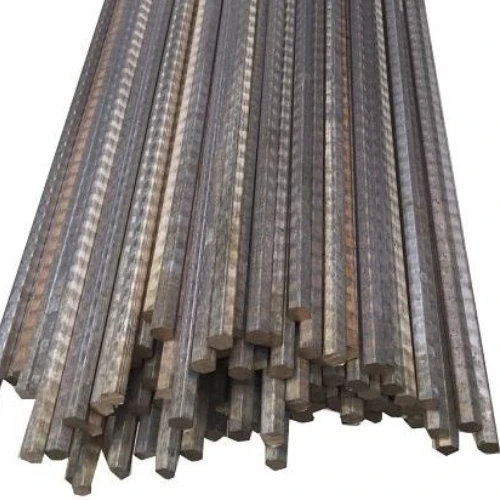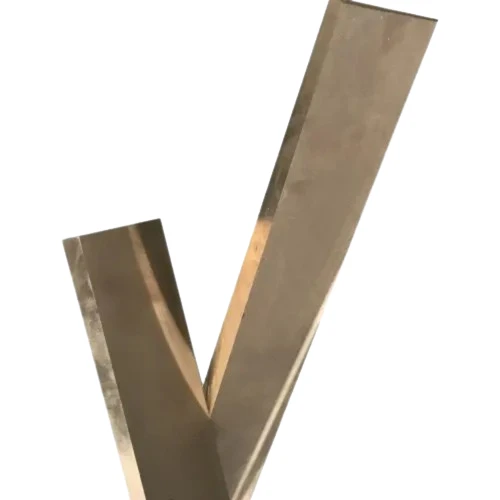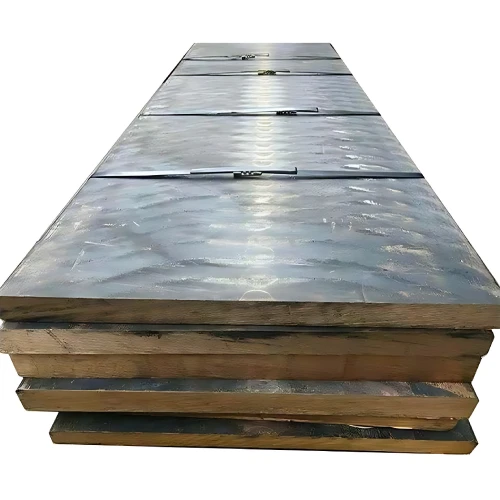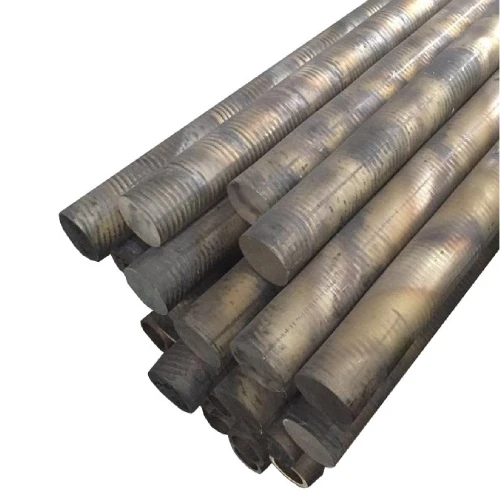C95500: High-Strength Nickel-Aluminum Bronze for Strength and Corrosion Resistance
C95500 is a copper alloy belonging to the nickel-aluminum bronze family. It's known for its excellent
combination of high strength, good corrosion resistance, and reasonable machinability. Here's a look at
its key characteristics:
Table: Key Properties of C95500
| Property |
Description |
| Chemical Composition |
- Primarily Copper (Cu): Minimum 99.5% (Sum of Cu and named elements) <br> - Nickel (Ni):
Up to 4% <br> - Aluminum (Al): 3-4.5% <br> - Iron (Fe): Content shall not exceed
Nickel content <br> - Other (Fe, Zn, etc.): Trace amounts
|
| Mechanical Properties |
- High tensile and yield strength <br> - Good corrosion resistance in various environments
<br> - Reasonable machinability
|
| Common Brands (By Country) |
- Europe: CuAl4Ni3Fe [Europe] <br> - US: Nickel-Aluminum Bronze |
Important Note: Brand names might vary depending on the supplier.
Common Questions and Answers:
What are the typical applications of C95500?
C95500 finds use in various industries due to its well-rounded properties:
Gears: High-strength gears, particularly for medium- to high-load applications, can be made
from C95500.
Bearings and bushings: In applications with demanding loads, C95500 is a suitable choice
for bearings and bushings.
Wear plates and liners: Industrial machinery can benefit from C95500's strength and
wear resistance for wear plates and liners.
Marine applications: Due to its good corrosion resistance, C95500 can be used for valves,
fittings, and other marine hardware in various environments.
How does C95500 compare to other copper alloys?
C95500 offers several advantages:
Excellent combination of properties: It provides a balance of high strength, good corrosion
resistance, and reasonable machinability.
Versatility: C95500 can be used in various applications due to its combination of
properties.
Are there alternatives to C95500?
Depending on the specific application requirements, some alternative copper alloys can be considered:
High-strength brasses (e.g., C69300): Can provide good strength but might have lower
corrosion resistance.
Nickel-aluminum bronzes with higher aluminum content (e.g., C95800): Offer even higher
strength but machinability might be slightly lower.
Important Note: Always consult with a material engineer or supplier to identify the most
suitable copper alloy for your specific application considering factors like strength, corrosion resistance
requirements, machinability, and cost.



